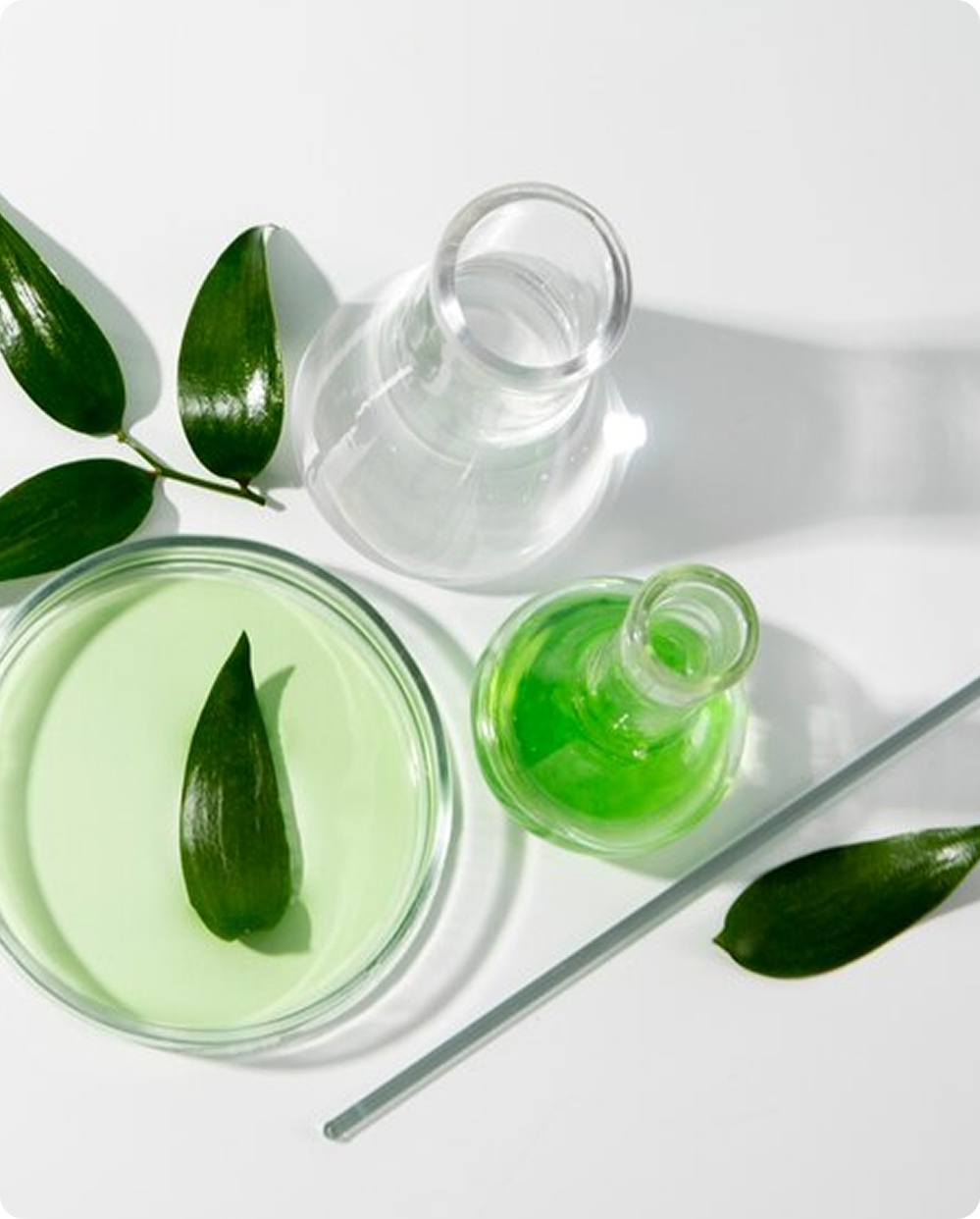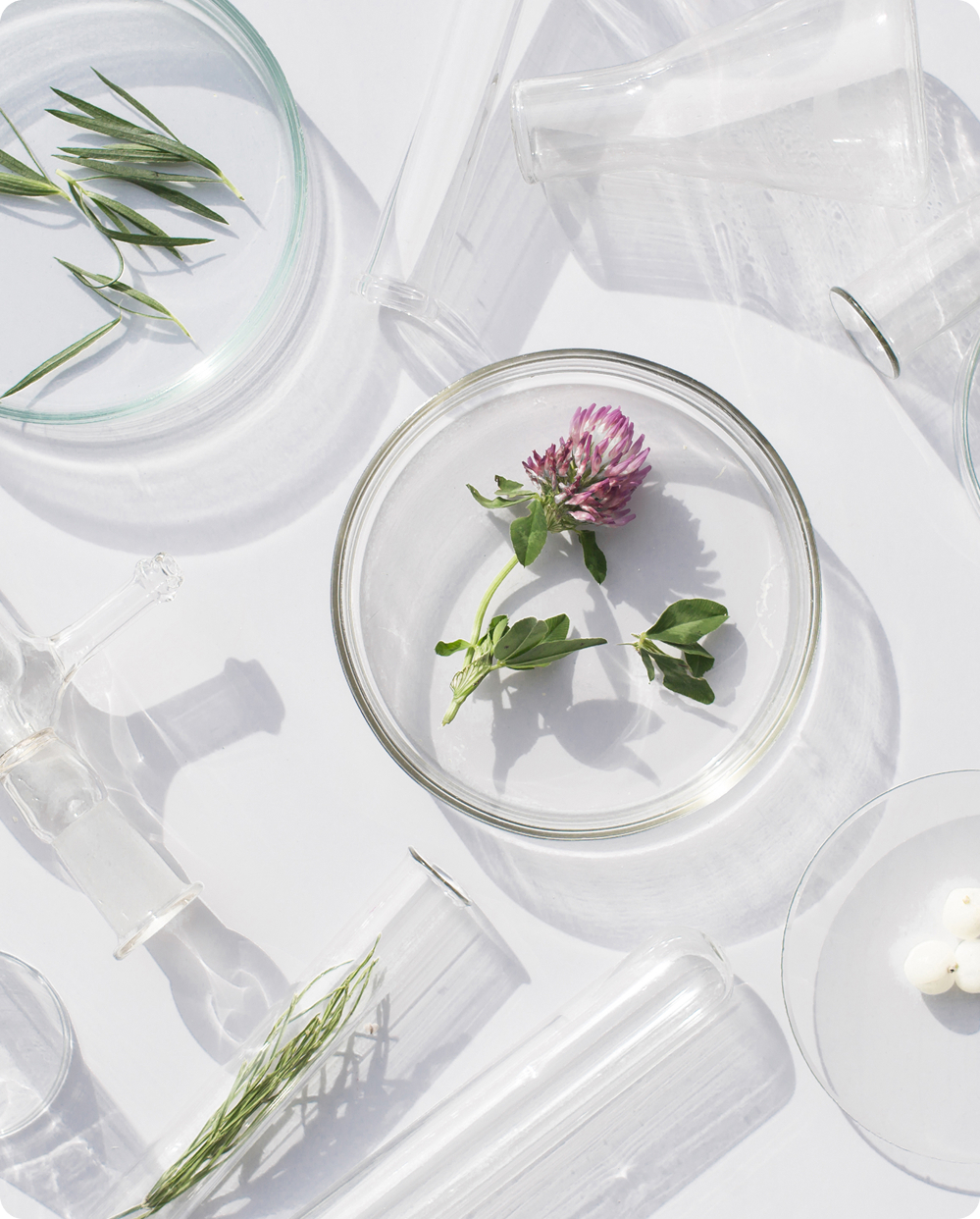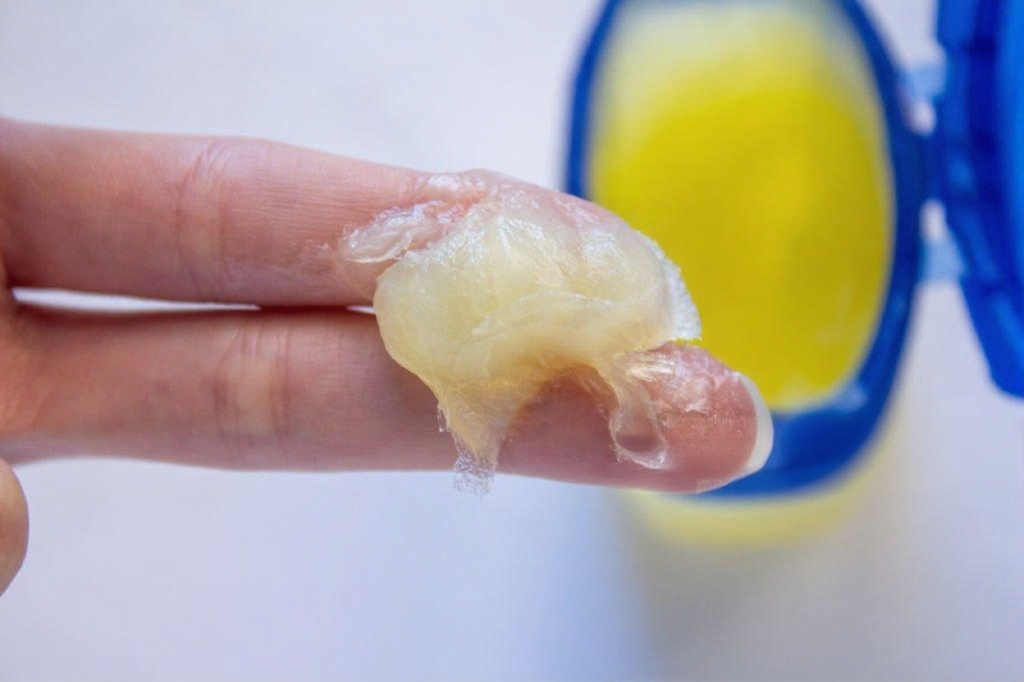Ever found yourself wondering if your trusty condoms might be playing a part in those not-so-fun bouts of bacterial vaginosis (BV)? If you're nodding along, you're definitely not alone. It's a common question, and it makes total sense to want to understand what's happening with your body. So, let's dive into what BV is, how condoms fit into the picture, and what you can do to keep your vaginal health in a happy place.
First Things First: What is Bacterial Vaginosis (BV)?
Simply put, bacterial vaginosis (BV) is a common vaginal condition that happens when the natural balance of bacteria in your vagina gets a bit thrown off. Think of your vagina as having its own little ecosystem, with lots of different bacteria living together. Usually, the good guys, mainly Lactobacillus bacteria, are in charge, keeping things acidic and healthy [1,2,3]. But with BV, there's a decrease in these protective Lactobacilli and an increase in other types of bacteria. This shift can lead to symptoms like a thin, grayish-white discharge and that tell-tale fishy odor, especially after sex or around your period [4].
It's important to know that BV isn't considered a sexually transmitted infection (STI) in the same way something like chlamydia or gonorrhea is, though sexual activity can influence the balance of bacteria. It's more about an internal imbalance of bacteria that are normally present [4].
If you're noticing symptoms like an unusual odor or discharge that might point to BV, Neycher's BV Away suppositories can be a helpful first step. They're designed with ingredients like lactic acid to help restore your vagina's natural pH balance and soothe irritation, getting to the heart of those symptoms while supporting a healthier vaginal environment.
So, can condoms cause BV?
It's not a straightforward yes or bno, but here's what the science tells us:
Good News: Condoms Can Often Help Prevent BV!
Believe it or not, consistent condom use is generally linked to a lower risk of getting BV [4,5,6,7]. Why? Because condoms act as a barrier. They can prevent semen (which is alkaline and can temporarily change your vaginal pH, making it easier for BV-related bacteria to thrive) from entering the vagina. They also limit the exchange of bacteria between partners, which can sometimes upset your natural balance.
But... How Might Condoms Sometimes Play a Role?
While condoms themselves are usually protective, certain things about them or how they're used could indirectly create a situation where BV might be more likely to pop up for some people:
- Spermicides (Especially Nonoxynol-9): Some condoms come with spermicides, often Nonoxynol-9 (N-9). While N-9 kills sperm, research shows that prolonged use or increased exposure to condoms containing nonoxynol-9 could affect vaginal microbiota in a dose-dependent manner. Studies indicate that with normal usage, these effects are typically transient. However, if these good bacteria are repeatedly disrupted, it can make it easier for BV-associated bacteria to take over [8,9].
- Lubricants & Other Additives: The lubricants on some condoms, or things like fragrances or flavors in novelty condoms, can sometimes cause irritation for sensitive individuals. Any irritation can potentially disrupt your vaginal ecosystem.
- Latex Sensitivity: While a true latex allergy is rare, some people find latex irritating [10]. This irritation isn't BV, but if your vaginal area is constantly irritated, it might make it easier for an imbalance to occur.
- Vaginal Dryness: This is a big one. If you're not using enough lubrication with condoms, the friction can lead to vaginal dryness and irritation. Dryness can cause tiny tears or general discomfort, potentially upsetting the vaginal microbiome and making you more susceptible to BV.
Overall, condoms are good for BV prevention. But, for some, spermicides, irritating additives, or dryness from condom use could disrupt the vaginal balance and indirectly increase BV risk.
How to prevent vaginal balance's disruption?
Knowing all this, how can you use condoms and still keep your vaginal health in top shape?
- Pick your condoms wisely:
- Skip the spermicide (if you can): If you're prone to BV or irritation, look for condoms without Nonoxynol-9. Check the box!
- Think about the material: If latex seems to bother you, try non-latex options like polyisoprene or polyurethane.
- Go plain: Unscented, unflavored condoms are usually the kindest to your vagina.
- Skip the spermicide (if you can): If you're prone to BV or irritation, look for condoms without Nonoxynol-9. Check the box!
- Lube is your best friend:
- Seriously, don't skimp on this! Don't just rely on what's already on the condom, especially if you ever feel dry. Adding a good-quality, vagina-friendly lubricant is a game-changer. Look for one that's pH-balanced, water-based or silicone-based, and free of glycerin, parabens, and fragrances if you're sensitive.
- Seriously, don't skimp on this! Don't just rely on what's already on the condom, especially if you ever feel dry. Adding a good-quality, vagina-friendly lubricant is a game-changer. Look for one that's pH-balanced, water-based or silicone-based, and free of glycerin, parabens, and fragrances if you're sensitive.
- Support your vaginal microbiome every day:
- Listen to your body: If a certain condom or lube always seems to cause issues, it's time to switch!
- Help with dryness: If vaginal dryness is a regular concern for you (not just during sex), Neycher's Vaginal Moisturizer with 10mg hyaluronic acid is amazing. It provides deep, lasting hydration to keep your vaginal tissues healthy, which is so important for a balanced microbiome.
- Consider probiotics for long-term balance: For ongoing support, especially if you often deal with imbalances, Neycher's Vaginal Synbiotic is agreat option. It has both probiotics (the good bacteria) and prebiotics (food for those good bacteria) to help keep your vaginal pH healthy and your microbiome thriving. Want to learn more about how vaginal probiotics can help? Check out our article here.
- Listen to your body: If a certain condom or lube always seems to cause issues, it's time to switch!
- No douching! Douching washes away all the good bacteria and really messes with your vagina's natural balance, making BV much more likely [4]. Your vagina is designed to clean itself!
When to Chat with Your Doctor
If you're trying these tips but still dealing with BV symptoms (that fishy odor, unusual discharge, or irritation), or if you're just not sure what's going on, it's always best to check in with your healthcare provider. They can help you figure out what's happening and find the right treatment.
Condoms are key for safe sex and usually help prevent BV.But being smart about the type of condom you use, always using plenty ofgood lube, and taking care of your overall vaginal health can make ahuge difference in keeping BV at bay. You've got this!
References:
- Kairys N, Garg M. (2023). Bacterial Vaginosis. In: StatPearls. Treasure Island (FL): StatPearls Publishing. Available from: https://www.ncbi.nlm.nih.gov/books/NBK459216/
- Centers for Disease Control and Prevention (CDC). (2023). About Bacterial Vaginosis (BV). Retrieved from https://www.cdc.gov/bacterial-vaginosis/about/index.html
- American College of Obstetricians and Gynecologists (ACOG). (2023). Vaginitis. FAQ028. Retrieved from https://www.acog.org/womens-health/faqs/vaginitis
- Centers for Disease Control and Prevention (CDC). (2021). Bacterial Vaginosis - STI Treatment Guidelines. Retrieved from https://www.cdc.gov/std/treatment-guidelines/bv.htm
- Fethers KA, Fairley CK, Hocking JS, Gurrin LC, Bradshaw CS. (2008). Sexual risk factors and bacterial vaginosis: a systematic review and meta-analysis. Clinical Infectious Diseases, 47(11), 1426-1435.
- Yotebieng M, Turner AN, Hoke TH, Van Damme K, Rasolofomanana JR, Behets F. (2009). Effect of consistent condom use on 6-month prevalence of bacterial vaginosis varies by baseline BV status. Tropical Medicine & International Health, 14(4), 480-486.
- Hutchinson KB, Kip KE, Ness RB. (2007). Condom use and its association with bacterial vaginosis and bacterial vaginosis-associated vaginal microflora. Epidemiology, 18(6), 702-708.
- Watts DH, Rabe L, Krohn MA, Aura J, Hillier SL. (1999). The Effects of Three Nonoxynol-9 Preparations on Vaginal Flora and Epithelium. The Journal of Infectious Diseases, 180(2), 426-437.
- Schreiber CA, Meyn LA, Creinin MD, Barnhart KT, Hillier SL. (2006). Effects of long-term use of nonoxynol-9 on vaginal flora. Obstetrics & Gynecology, 107(1), 136-143. doi: 10.1097/01.AOG.0000189094.21099.4a
- Marfatia YS, Patel D, Menon DS, Naswa S. (2016). Genital contact allergy: A diagnosis missed. Indian Journal of Sexually Transmitted Diseases and AIDS, 37(1), 1-6.
Medical Disclaimer: This article is for informational purposes only and does not constitute medical advice. Always seek the advice of your physician or other qualified health provider with any questions you may have regarding a medical condition. Never disregard professional medical advice or delay in seeking it because of something you have read in this article.


.png)





